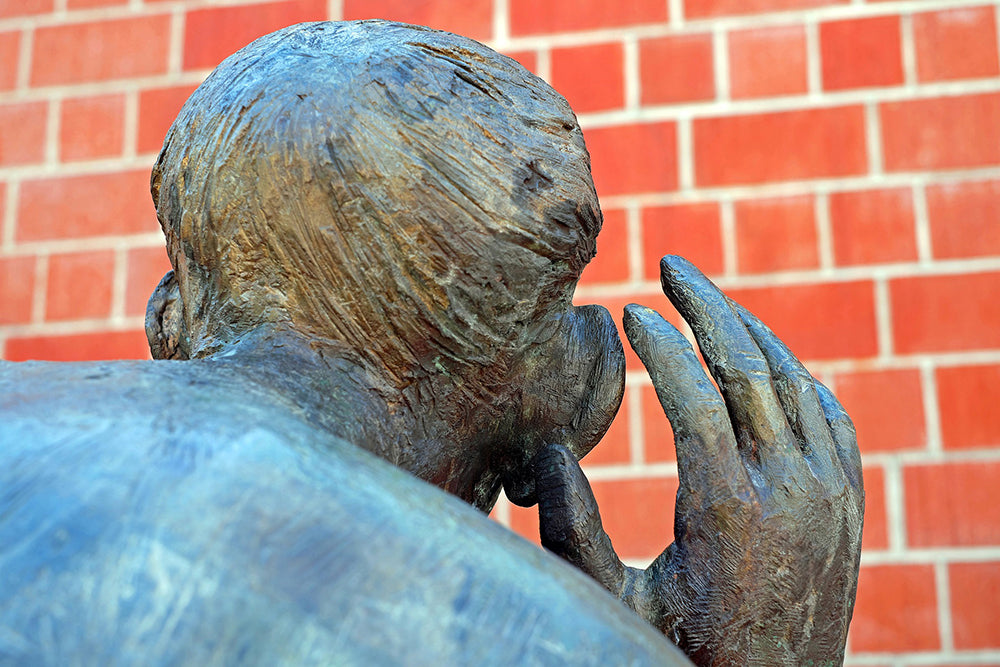Study Finds Auditory Training Results In Significant Improvements In Hearing Abilities
Louise Peralta
Do you find yourself struggling to hear when you’re in a noisy environment?
Are you tired of asking your friends to repeat what they’re saying multiple times in just one sitting?
This may sound like an introduction to an old-school commercial, but you’re wrong. I’m just excited, as I, too, struggle with hearing people in noisy situations.
When people are excited, they have a tendency to talk fast and loudly. For some people, it’s hard to keep up and understand whatever their friends are saying if they talk too animatedly or if they’re surrounded by other noises.
Researchers suggest that people who struggle with this problem, like me, may be dealing with problems when it comes to detecting rapid changes in sound.
“The ability to understand speech in complex environments depends on the brain’s ability to preserve the precise timing characteristics of the speech signal,” the researchers wrote.
To help people with such challenges, a study published in the Journal of the Association for Research in Otolaryngology (JARO) introduces a training technique to help boost a person’s listening ability.
The study used participants with both normal and impaired hearing. The participants were asked to undergo ‘rate discrimination training’ which can help improve their ability to differentiate subtle changes between the speed of sounds.
This training helps our auditory temporal processing, or the brain’s ability to process sound stimuli over time, and this affects our understanding of speech or any sound that reaches our ears.
“We've seen some evidence that these temporal processing deficits might be improved in animal models, but this is the first time we've shown it in humans,” said lead author Samira Anderson.
The participants were asked to sit in a double-walled sound-attenuating booth and listen to auditory stimuli that are described as band-limited pulse trains (300-ms duration) having rates of 100, 200, 300, and 400 Hz through a single insert earphone. Participants were then asked to select, between three sounds, the one which had a slightly higher pitch, in a separate experiment. This is to assess their perceptual rate discrimination.
There were 40 individuals who underwent training and another 37 who acted as the control group. The control group was only tasked to do tone detection in noise, and they showed insubstantial improvement in hearing compared to those who underwent training.
With the results of their experiments, the researchers suggest that the generalization of training effects may potentially extend to real-world listening situations.
“Auditory training promotes neural changes in the brain, known as neuroplasticity. The results offer great hope in developing clinically feasible auditory training programs that can improve older listeners’ ability to communicate in difficult situations,” said Sandra Gordon-Salant, one of the study’s authors.





